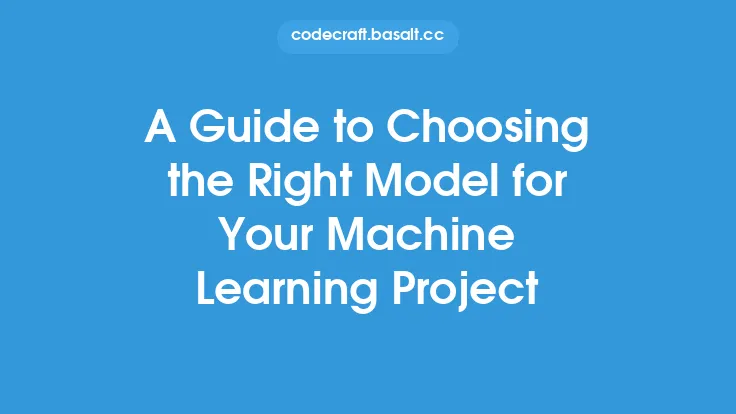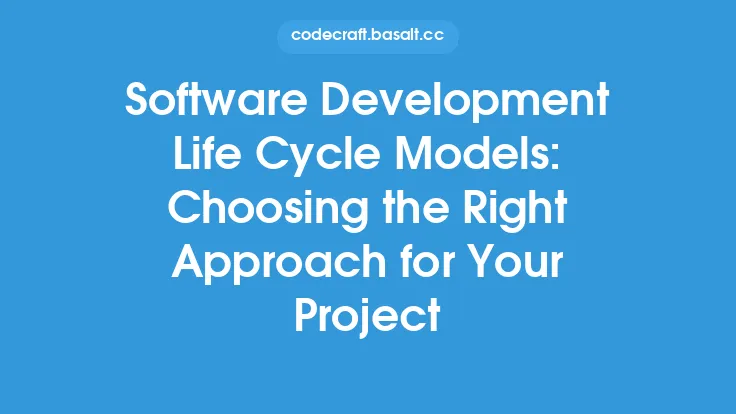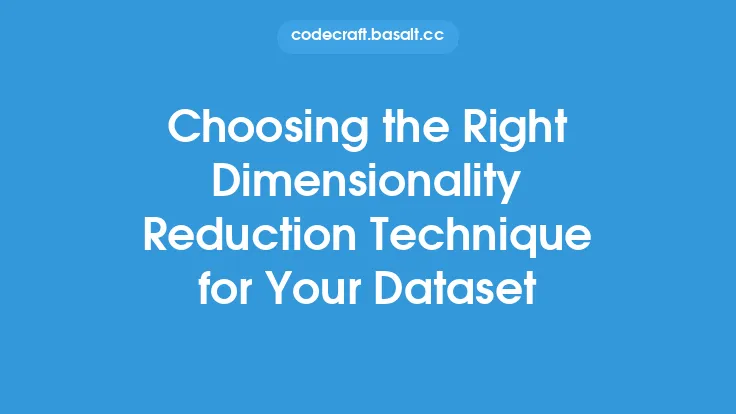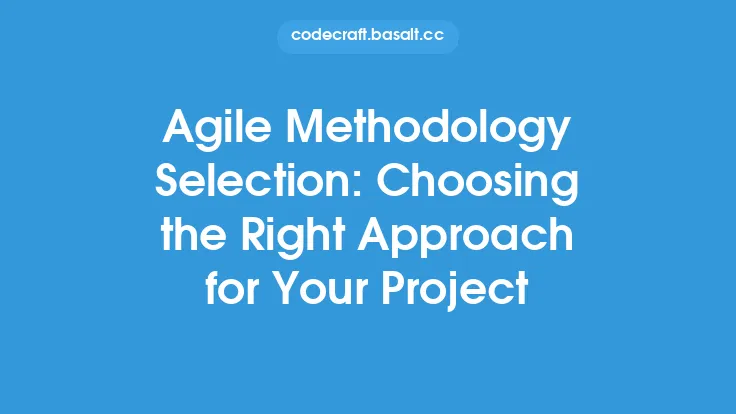When it comes to designing a database, one of the most critical decisions is choosing the right database structure. The database structure refers to the way data is organized and stored in the database, and it has a significant impact on the performance, scalability, and maintainability of the database. In this article, we will explore the different types of database structures, their advantages and disadvantages, and provide guidance on how to choose the right one for your specific use case.
Introduction to Database Structures
A database structure is a blueprint for organizing and storing data in a database. It defines the relationships between different data entities, the data types used to store the data, and the constraints that govern the data. There are several types of database structures, including relational, hierarchical, network, and object-oriented. Each type of structure has its own strengths and weaknesses, and the choice of structure depends on the specific requirements of the application.
Relational Database Structure
A relational database structure is the most common type of database structure. It organizes data into tables, with each table representing a single entity or relationship. The tables are related to each other through keys, which are used to establish relationships between the data. Relational databases are ideal for applications that require complex queries and transactions, such as banking and e-commerce systems. The advantages of relational databases include support for complex queries, data consistency, and data integrity. However, they can be slow for very large datasets and may require significant tuning and optimization.
Hierarchical Database Structure
A hierarchical database structure organizes data into a tree-like structure, with each node representing a single entity or relationship. Hierarchical databases are ideal for applications that require a simple, intuitive data structure, such as file systems and document management systems. The advantages of hierarchical databases include fast data retrieval and simple data structure. However, they can be limited in their ability to support complex queries and relationships.
Network Database Structure
A network database structure organizes data into a network of interconnected nodes, with each node representing a single entity or relationship. Network databases are ideal for applications that require a complex, interconnected data structure, such as social networks and recommendation systems. The advantages of network databases include support for complex relationships and fast data retrieval. However, they can be difficult to design and implement, and may require significant tuning and optimization.
Object-Oriented Database Structure
An object-oriented database structure organizes data into objects, with each object representing a single entity or relationship. Object-oriented databases are ideal for applications that require a complex, object-oriented data structure, such as computer-aided design (CAD) systems and geographic information systems (GIS). The advantages of object-oriented databases include support for complex data types and relationships, and improved data integrity. However, they can be slow for very large datasets and may require significant tuning and optimization.
Choosing the Right Database Structure
Choosing the right database structure depends on the specific requirements of the application. The following factors should be considered:
- Data complexity: If the data is complex and requires complex queries and relationships, a relational or object-oriented database structure may be the best choice.
- Data size: If the dataset is very large, a hierarchical or network database structure may be the best choice.
- Data retrieval: If fast data retrieval is critical, a hierarchical or network database structure may be the best choice.
- Data integrity: If data integrity is critical, a relational or object-oriented database structure may be the best choice.
- Scalability: If the application requires scalability, a relational or object-oriented database structure may be the best choice.
Database Structure Design Considerations
When designing a database structure, several considerations should be taken into account. These include:
- Data normalization: Data normalization is the process of organizing data into tables to minimize data redundancy and improve data integrity.
- Data denormalization: Data denormalization is the process of intentionally denormalizing data to improve performance.
- Indexing: Indexing is the process of creating indexes on columns to improve query performance.
- Partitioning: Partitioning is the process of dividing large tables into smaller, more manageable pieces to improve performance.
- Data typing: Data typing is the process of specifying the data type for each column to ensure data consistency and integrity.
Conclusion
Choosing the right database structure is a critical decision that can have a significant impact on the performance, scalability, and maintainability of the database. By understanding the different types of database structures, their advantages and disadvantages, and the factors that influence the choice of structure, developers can make informed decisions about the best database structure for their specific use case. Additionally, by considering database structure design considerations such as data normalization, indexing, and partitioning, developers can ensure that their database is optimized for performance, scalability, and data integrity.





